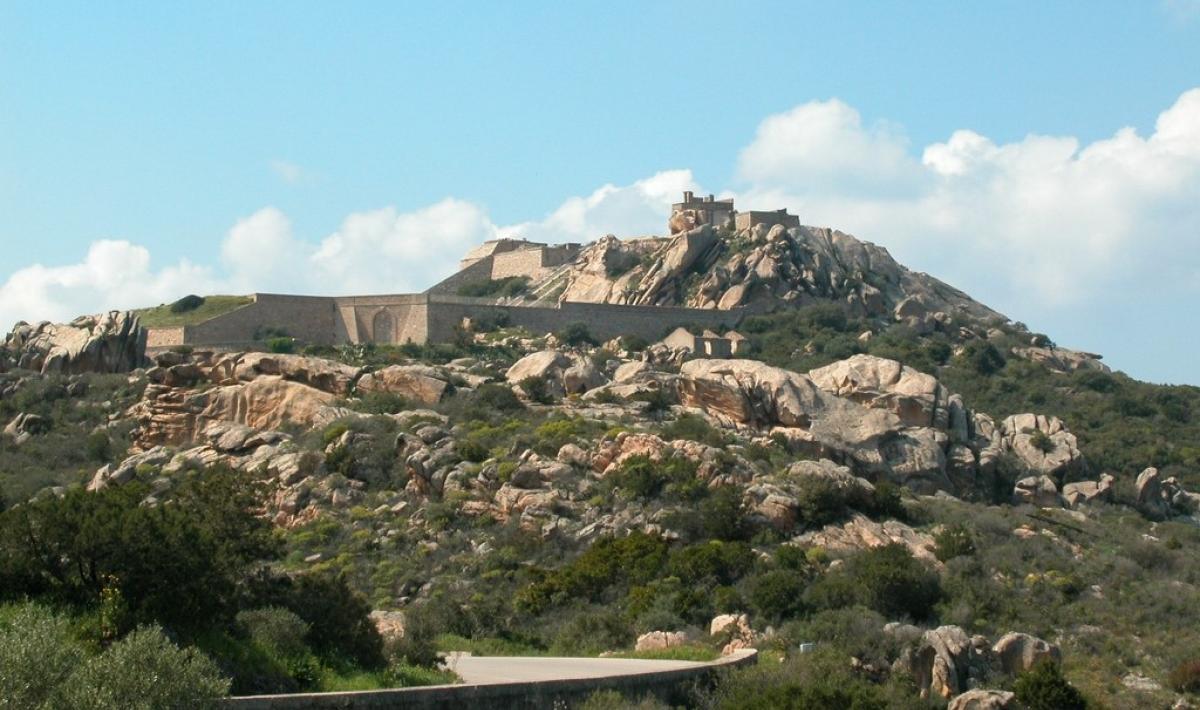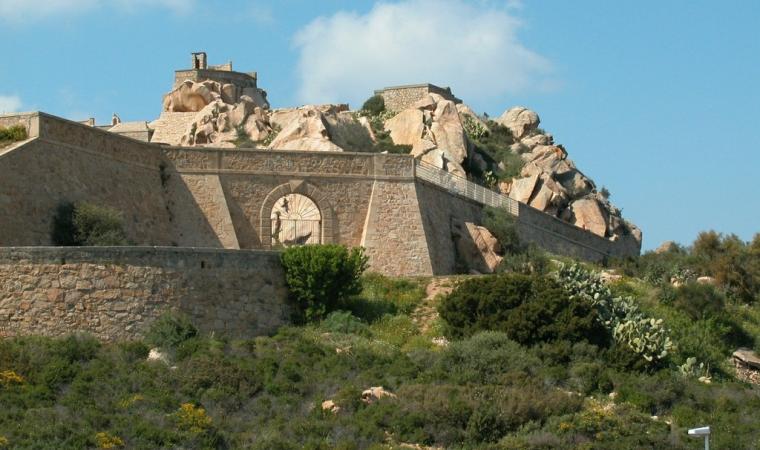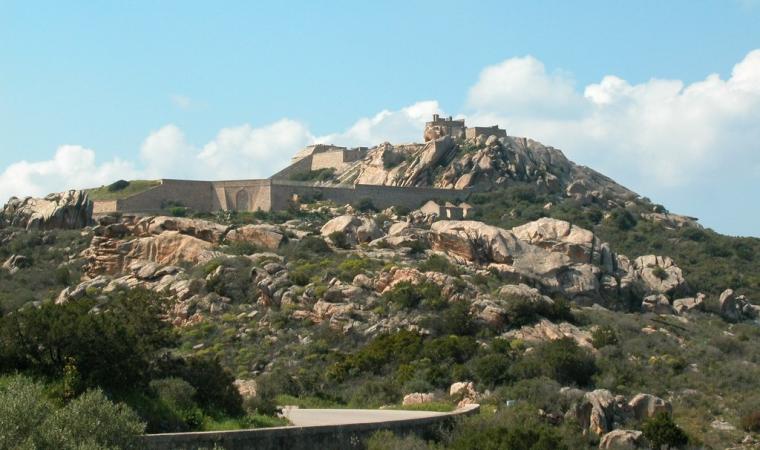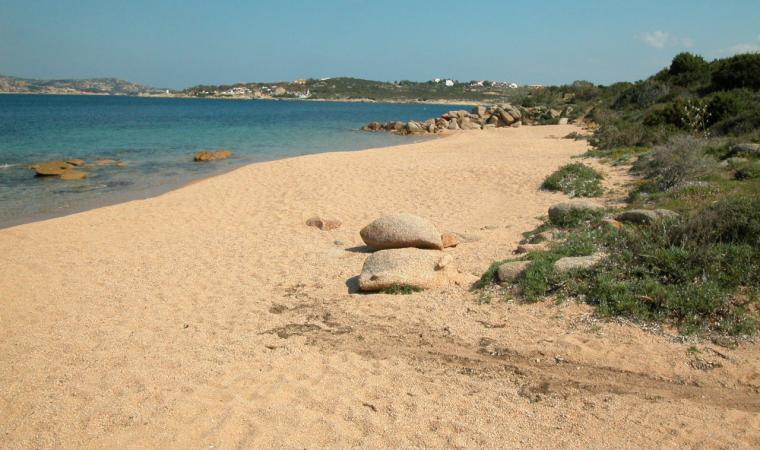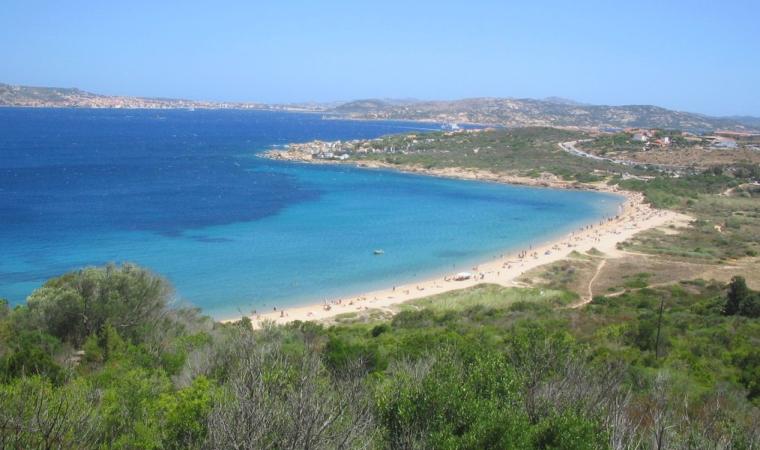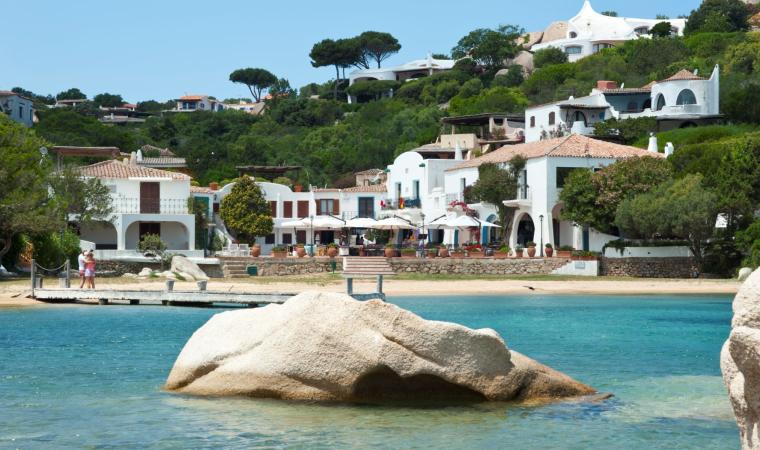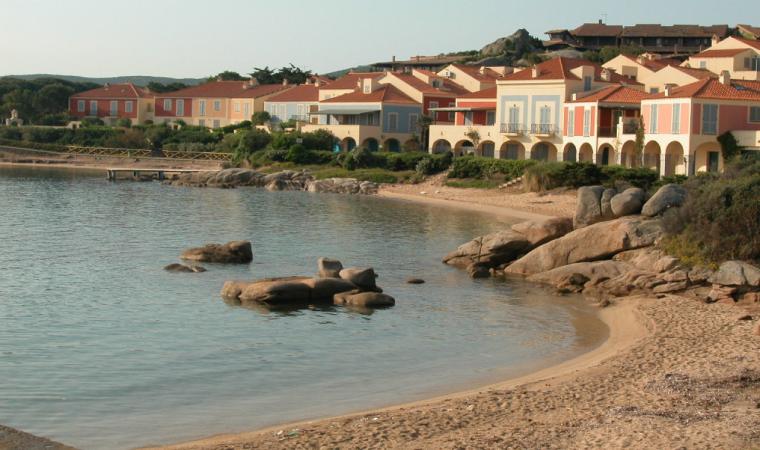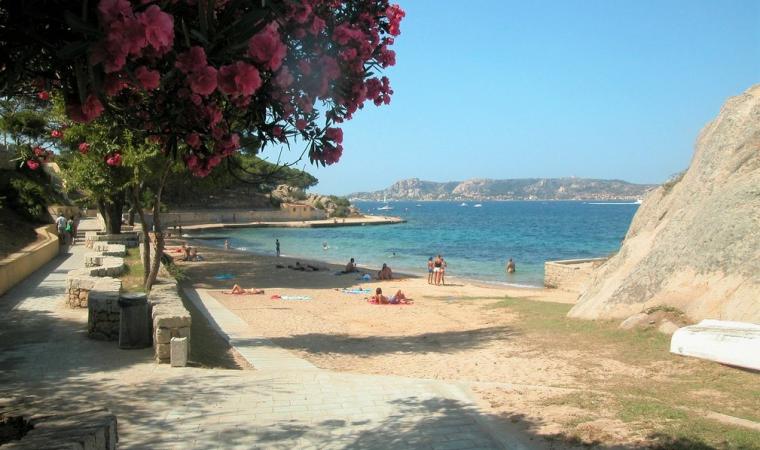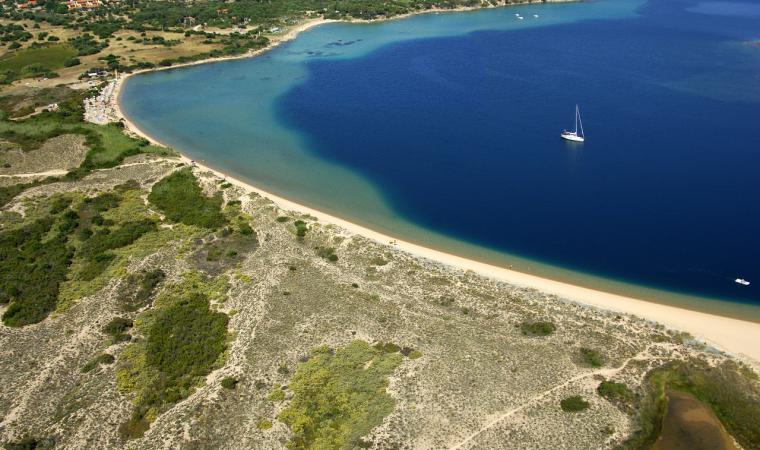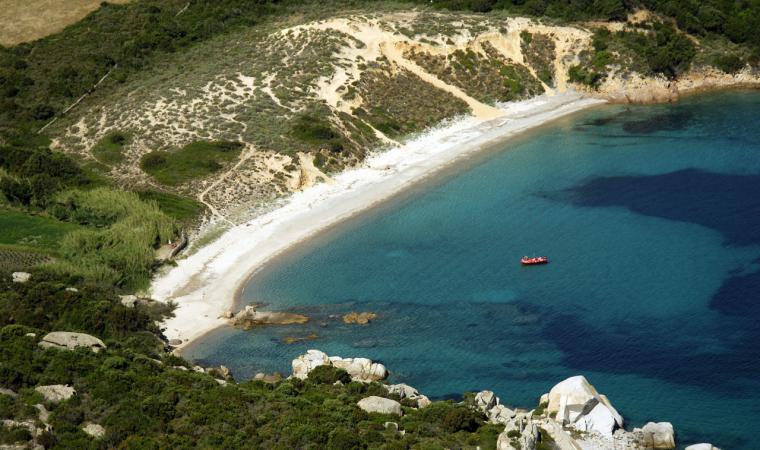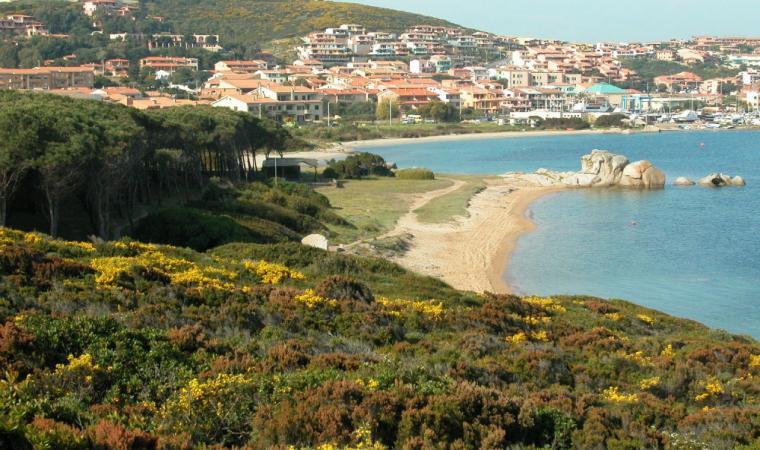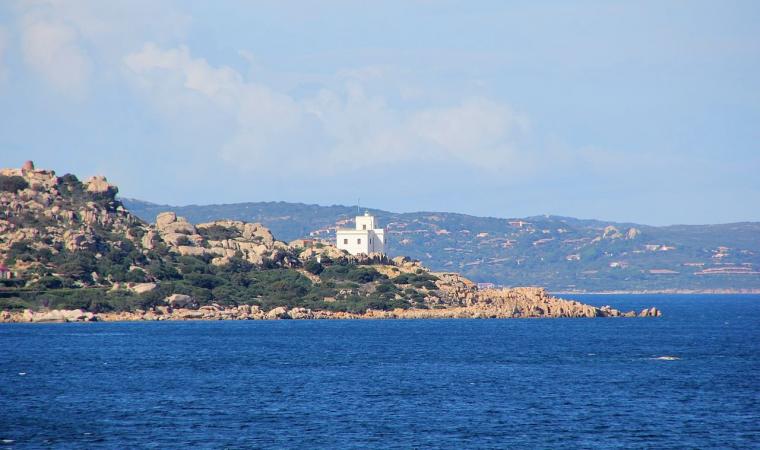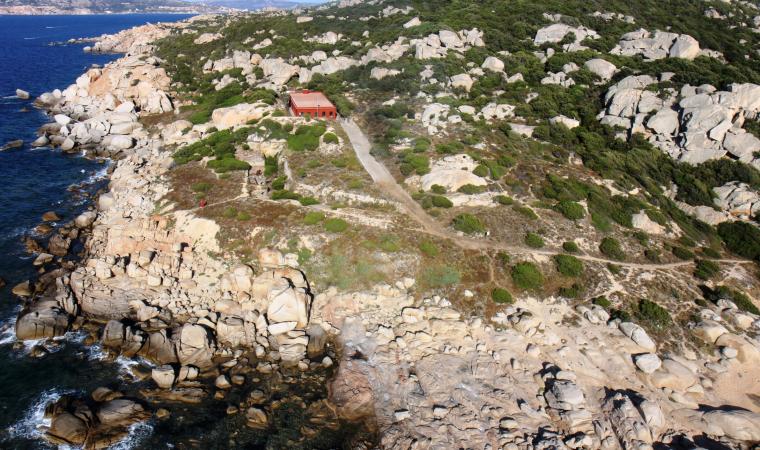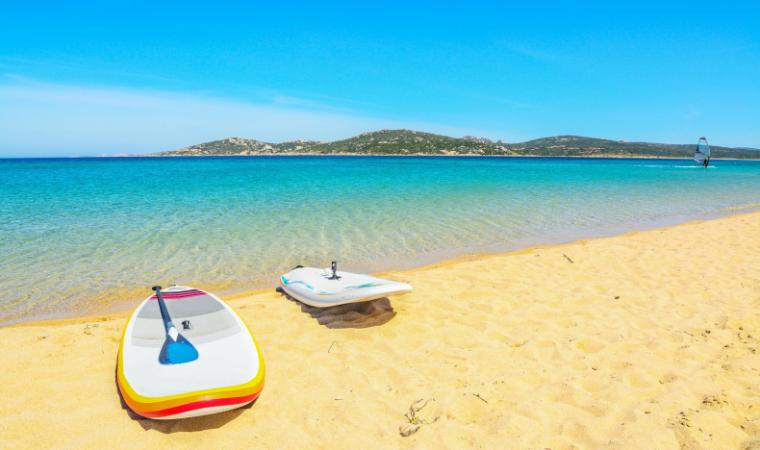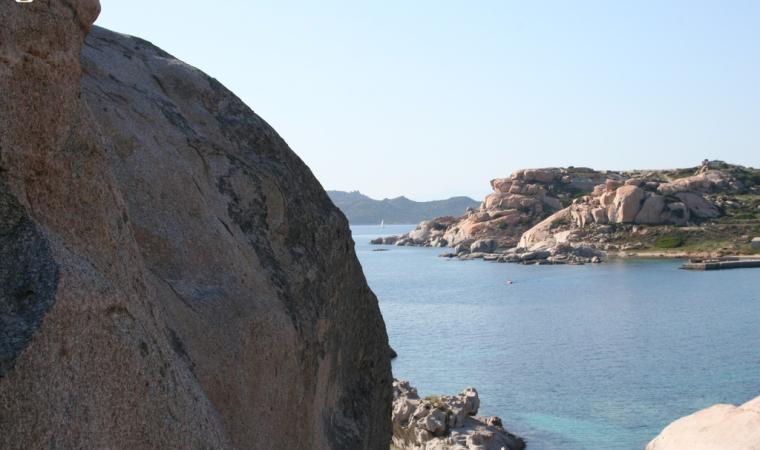Many people consider it one of the most beautiful military works of 19th century Europe. It defended a sea, crossed by Napoleon, Admiral Nelson and Domenico Millelire almost a century earlier, and today it tells its story and offers an enchanting view of the Maddalena Archipelago National Park. The military fortress of Monte Altura stands in Palau, on the hill of the same name to the west of the residential area, a few steps away from the picturesque village of Porto Rafael. It was part of a complex of three military structures, along with the fortresses of Capo d’Orso and Barragge. It was built in record time, in just two years, between 1887 and 1889, using locally-extracted granite stone. This choice had two advantages: faster construction times and, above all, a ‘camouflage’ effect: the buildings in the complex seem to blend into the rocks of the hill.
The three fortresses dominated a strategic space, seriously at risk in the event of a conflict between the European powers. The territory was monitored 360° up to the coast of Arzachena to the east and Corsica to the north-west. In particular, Monte Altura had an anti-ship defence function, equipped with armaments that were cutting-edge at that time. The complex is surrounded by a series of bastions that stand on the granite ridges. After crossing a path surrounded by fragrant Mediterranean scrub, you will pass the entrance once delimited by a wooden door - now made of iron - and you will then see the buildings that survived naval battles, two world wars and decades of abandonment. Fortunately, Monte Altura was never bombed. Lodgings, warehouses, depots, washhouses, a munitions depot and the monumental ramp that leads to the shooting range seem suspended in time, as if they were ready to return to service at any time. The fortress has two levels, connected by a staircase: the upper level contained the armaments, while the other structures found a place on the lower level. The battery of Capo d'Orso, located near the famous rock, defended the port of La Maddalena during the Second World War, but was unable to prevent the tragic sinking of the cruiser Trieste in April 1943. The fortress of Baragge, on the other hand, is located halfway between the other two, overlooking the present-day town of Palau. Also built on two levels, it is now covered in vegetation.
After your journey through history, you won’t be able to resist discovering the jewels of the Palau coastal area: the city beaches of Palau Vecchio, Porto Faro and Spiaggia dell’Isolotto. To the west, beyond the captivating stretch of sand of La Sciumara, the ‘intimate’ beach of Nelson and the little white houses nestled in the greenery of Rafael await you.

